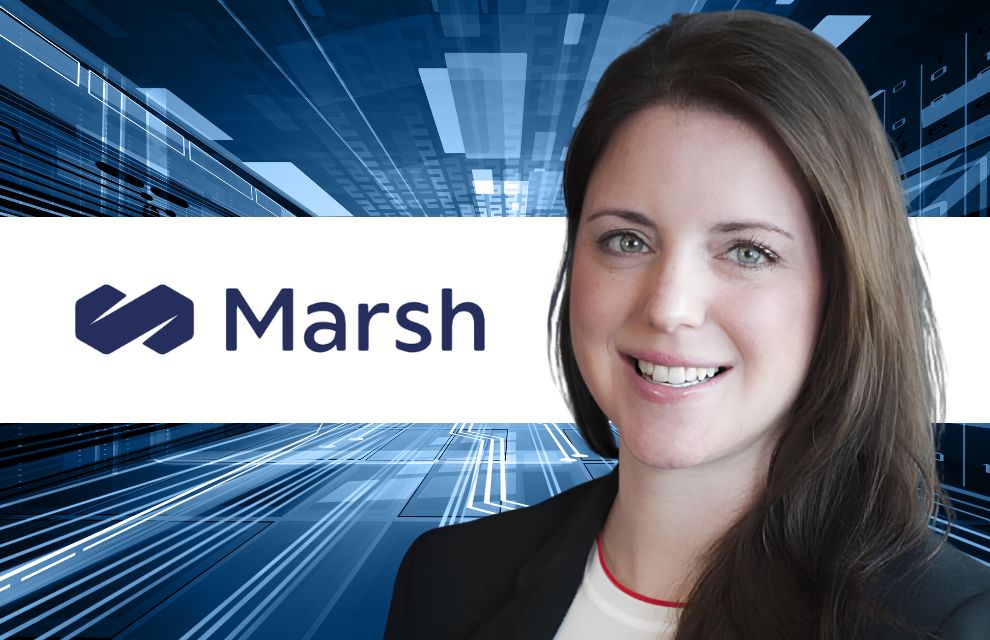Marsh
Jacqueline Quintal, managing director in Financial Institutions Group at Marsh, sheds light on the use of digital assets in the captive insurance space
How do you see digital assets reshaping the insurance landscape, particularly in the captive insurance sector?
Marsh has been assisting digital asset clients in tailoring and placing insurance cover since 2014. Over this period, we have observed market growth and worked closely with insurers to enhance their understanding of digital asset risks.
In the captive insurance sector, regulators in key domiciles are increasingly recognising and adapting to the use of cryptocurrency within captives, provided that parameters are in place to address the valuation of these assets.
What challenges and opportunities do you foresee for captives looking to integrate digital assets into their risk management strategies?
Integrating digital assets into a captive's risk management strategy can offer opportunities to streamline processes and enhance operational efficiency. Additionally, there may be prospects for liquidity management and/or hedging, contingent upon market performance. However, fluctuating values can pose significant risks to a captive's financial stability.
Two further challenges are fronting and potential counterparty risk. Many insurers remain reluctant to provide traditional fronting to — or accept reinsurance from — a captive backed by digital assets; nevertheless, those who do so first may gain a competitive advantage.
Regarding counterparty risk, a third-party digital asset custodian will typically be required. Conducting thorough due diligence on the custodian — from both technological and control perspectives, as well as evaluating their insurance programmes — is imperative. The strength and scope of insurance programmes can vary considerably, which could ultimately determine whether a captive incurs losses in the event of a breach at the custodian.
Finally, the extent of residual risk and insurable interest varies depending on the type of insurance purchased by a custodian; institutions that own digital assets can collaborate with a broker to design solutions addressing those risks not transferred to or insured by the custodian.
Marsh has been at the forefront of innovation in insurance. Can you share any examples of how your firm has helped clients navigate the use of digital assets within captive structures?
Marsh Captive Solutions has collaborated with Tabit Holdings to establish a segregated cell company in Barbados, fully supported by digital assets. This captive will offer direct (re)insurance, aiming to deliver essential insurance solutions for other digital asset service providers.
Additionally, they have set up a rent-a-captive facility for other captive owners wishing to create their own segregated cell backed by bitcoin or US currency.
Regulatory uncertainty remains a key concern for companies dealing with digital assets. How do you advise captive insurers to manage compliance risks while leveraging blockchain technology and cryptocurrencies?
We advise captive insurers to approach regulatory uncertainty with caution. Proactive engagement with regulators is essential to navigate the intricate landscape of compliance risks associated with digital assets.
By maintaining open channels of communication and staying abreast of regulatory developments, captives can better position themselves to leverage blockchain technology and cryptocurrencies while minimising compliance risks.
Being proactive in understanding and adapting to regulatory changes will help captives ensure they remain compliant while exploring the benefits of digital assets.
For instance, regulators open to collaborating with digital asset-backed captives often require adequate reporting of asset valuations. In these early stages, this has entailed more frequent reporting to regulators and open communication to alleviate concerns and enhance transparency.
How might tokenisation and smart contracts influence the future of captive insurance, particularly in enhancing operational efficiency and reducing costs for captives?
There is undoubtedly potential for tokenisation to enhance operational and financial efficiency in captive insurance. However, the specifics of how and when this will materialise remain uncertain. I am optimistic that our industry will adopt tokenisation with a balanced perspective on both the opportunities and risks.
Regarding smart contracts, they offer a means to expedite transactions in a real-time environment while maintaining the contractual parameters essential for a genuine insurance product. For captives that solely provide coverage to their owners, this advantage may be minimal.
However, when captives engage as reinsurers or offer third-party coverage, smart contracts can serve as a competitive differentiator and a means to reduce expenses.
Liquidity and volatility are two major concerns when it comes to holding digital assets on a captive’s balance sheet. How can insurers mitigate these risks while still benefiting from the potential advantages of blockchain-based assets?
The volatility of digital assets has long been a concern when considering their use as a capital base. Establishing a captive with these assets necessitates understanding how to set parameters for allowable volatility thresholds that maintain the solvency ratios expected by captive regulators. This requires a carefully constructed methodology of safeguards, along with quality service providers to help execute the plan once developed.
Generally, it is advisable to focus on more liquid and established digital assets. The near-instant settlement capabilities of digital assets on most blockchains, available 24/7, are beneficial for situations requiring quick asset sales. However, it is important to consider that many digital assets come with lock-up periods when staked, which can affect liquidity.
Alternatively, insurers may consider using stablecoins, which are pegged to fiat currency, to mitigate volatility and enable revenue generation elsewhere.
Looking ahead, what trends in digital asset adoption within insurance are you most excited about, and what should captive owners and risk managers be preparing for in the next five to ten years?
The new US administration is certainly embracing digital assets and is expected to promote more widespread adoption.
Increased adoption — within the insurance industry and in other areas, such as financial services firms that purchase insurance and will expect digital asset exposures to be insurable — creates an opportunity for innovation.
Captive owners and risk managers should be preparing to identify and quantify risks related to digital asset adoption and measuring present and future risk scenarios, enabling evaluation of risk transfer efficacy over time.
Developing decision frameworks that connect risk to ongoing growth and business strategy for insurable and non-insurable risks will help organisations find the balance of risk retention and transfer over short and longer time horizons.





